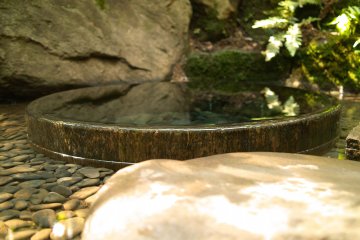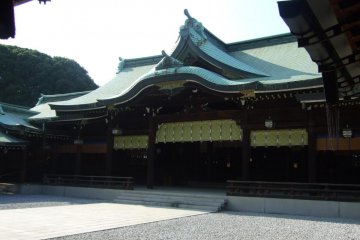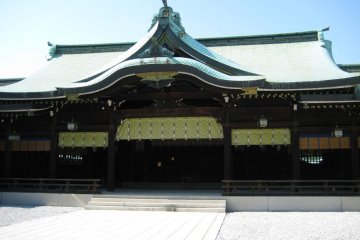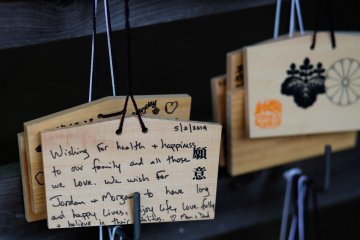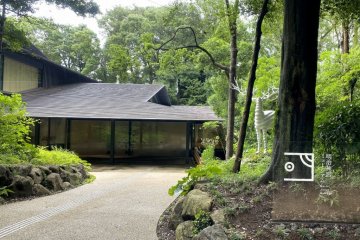A fixture on just about every traveler's Tokyo itinerary is Meiji Shrine, which is often simply referred to as Meiji Jingu. The shrine is just a stone's throw away from the hustle and bustle of the Harajuku area, and it provides a beautiful contrast and respite from busy city life. The grounds are also home to the Meiji Jingu Museum, which was opened in 2019 to commemorate the 100th anniversary of the shrine's construction.
The museum was designed by renowned architect Kengo Kuma, who is also responsible for a host of other iconic buildings across the city – some well known ones include the Japan National Stadium, the Suntory Museum of Art, and Nezu Museum. Anyone familiar with Kuma's works knows that he favors natural wood elements in his designs, and the Meiji Jingu Museum is no exception to this.
Spanning over two floors, the venue is home to various items that were either used by or associated with Emperor Meiji and Empress Shoken, and one of the most eye-catching displays is the ornate carriage used by Emperor Meiji when he signed the Japanese constitution back in 1889. There are various other pieces to appreciate, including ceramic goods and hanging scrolls.
At the time of writing, admission to the museum is priced at ¥1,000 for adults, and ¥ 900 for high school aged students or younger. Do note that the venue is closed every Thursday if you plan to visit.



